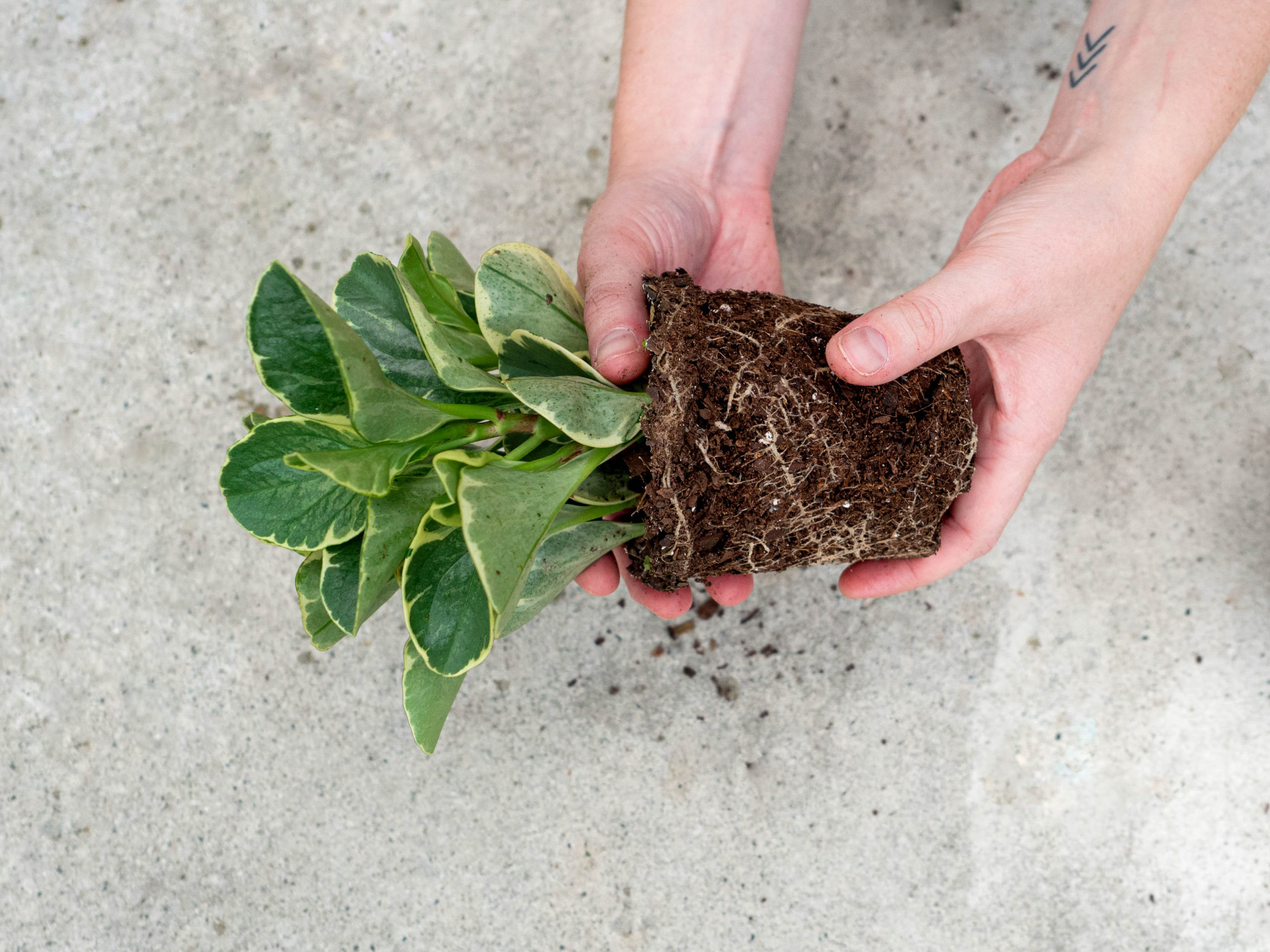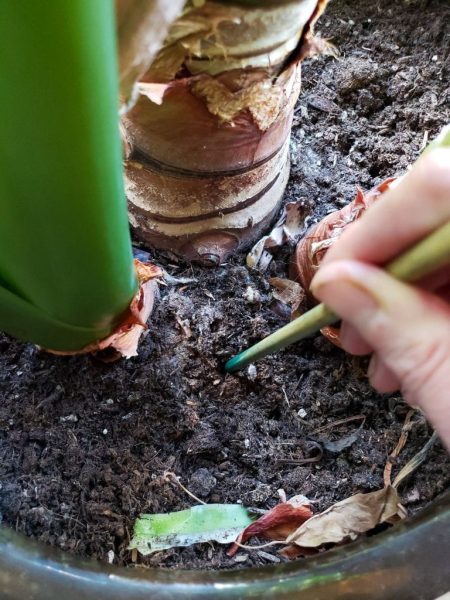When was the last time you thought about the soil quality of your favorite houseplant? If you’re like most plant enthusiasts, it might not be at the forefront of your mind.

However, soil health is crucial to the overall well-being of your houseplants. One often overlooked aspect of soil health is aeration. Let’s dive into why aerating your houseplant soil is essential and how you can do it.
Why Aerate Houseplant Soil?
Soil aeration is vital for several reasons:
1. Promotes Root Health
Roots are the lifeline of your plants, absorbing water, nutrients, and oxygen. Compacted soil restricts root growth and oxygen flow, leading to poor root health.
Aerating the soil loosens it up, allowing roots to expand freely and access essential elements.
2. Enhances Water Drainage
Waterlogged soil can lead to root rot, a common issue that can devastate your beloved plants. Aeration helps improve drainage, ensuring that excess water flows away from the roots instead of drowning them.
Properly aerated soil maintains the delicate balance between moisture retention and drainage.
3. Boosts Microbial Activity
Healthy soil teems with beneficial microorganisms that help break down organic matter and release nutrients. Compacted soil stifles these microorganisms, reducing soil fertility.
Aerating the soil creates a more hospitable environment for these tiny soil engineers, enhancing nutrient availability and overall soil health.
4. Prevents Soil Compaction
Over time, soil particles can settle and compact, especially in potted plants where there’s no natural element to aerate the soil, such as earthworms.
Regular aeration helps counteract this natural compaction process, ensuring your soil remains loose and airy.
How to Aerate Houseplant Soil Properly

Before we get our hands dirty, let’s gather the necessary tools:
- A small hand rake or fork
- A chopstick or skewer
- Organic compost or perlite (optional)
- Watering can
1. Prepare the Soil
Start by lightly watering the soil. This will make it easier to work with and reduce the risk of damaging plant roots. The goal is to moisten, not saturate, the soil.
2. Loosen the Top Layer
Using your hand rake or fork, gently loosen the top 1-2 inches of soil. This helps break up any crust that may have formed on the surface, allowing water and nutrients to penetrate more easily.
3. Create Air Channels
Take your chopstick or skewer and poke holes into the soil around the plant. Be careful not to damage the roots.
Insert the stick about halfway into the pot, spacing the holes a few inches apart. These air channels will facilitate better airflow and water drainage.
4. Add Soil Amendments (Optional)
For an extra boost, consider mixing in organic compost or perlite. Compost adds nutrients and improves soil structure, while perlite enhances aeration and drainage.
Gently work these amendments into the soil, being mindful of the roots.
5. Water Thoroughly
After aerating, give your plant a thorough watering. This helps settle the soil and ensures that the roots immediately benefit from the improved aeration.
Watch as the water flows more freely, a sign that your efforts are paying off.
Maintaining Aerated Soil
Aerating your houseplant soil isn’t a one-and-done task. Depending on the plant and soil type, you may need to aerate every few months.
Keep an eye on your plants; if they start to show signs of stress, such as yellowing leaves or stunted growth, it might be time to aerate again.
1. Monitor Moisture Levels
Invest in a moisture meter to help you keep track of your soil’s moisture levels. This tool can guide you in maintaining the right balance of water, ensuring your soil doesn’t become compacted or too dry.
2. Rotate Pots
If feasible, rotate your pots occasionally to encourage even root growth and prevent one-sided compaction. This simple action can make a significant difference in maintaining healthy, aerated soil.
3. Repot When Necessary
Sometimes, the soil becomes too compacted or depleted of nutrients despite regular aeration. In such cases, repotting your plant with fresh, well-aerated soil can give it a new lease on life.

